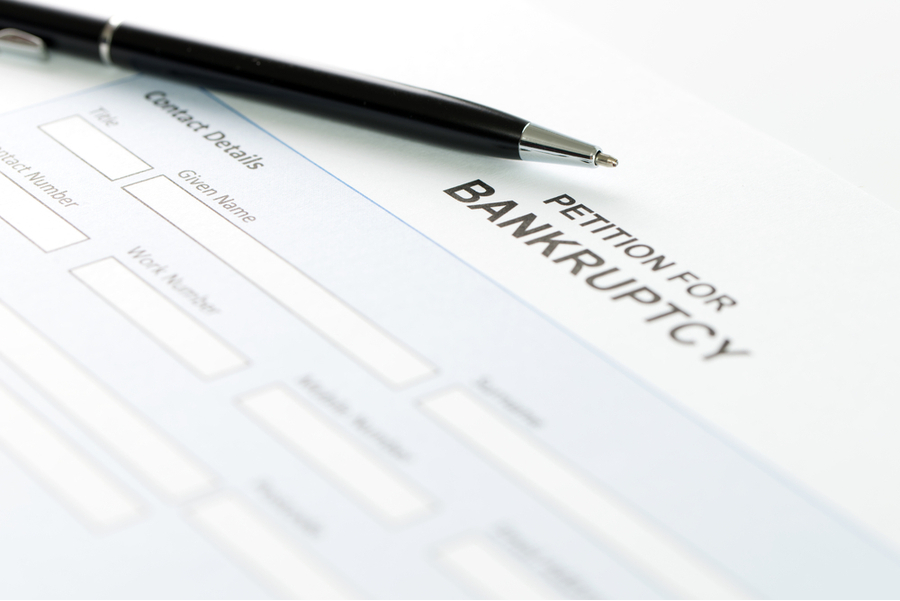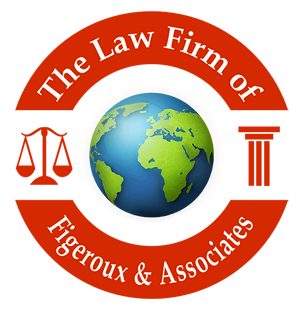Filing for Chapter 13 Bankruptcy
Chapter 13 Bankruptcy is a court-approved, court-enforced reorganization and restructuring of personal debt. A Chapter 13 Bankruptcy will provide for the payment of a percentage of your general unsecured creditors over a 36 to 60 month period. While the creation of such a repayment plan sounds simple, the successful filing and completion of a Chapter 13 Bankruptcy is a complex legal process that involves the rights and responsibilities of many parties.
The first step to filing a successful Chapter 13 Bankruptcy is to accurately evaluate one’s goals and one’s eligibility for Chapter 13 Bankruptcy relief. The most common reason a person will choose to file a Chapter 13 Bankruptcy is that he or she needs to use the bankruptcy laws to help save a property from foreclosure or a car from repossession. Another reason a person will choose to a Chapter 13 Bankruptcy is to protect assets, to get relief from debt that is dischargeable in chapter 13, but not chapter 7, or because the debtor has an ability to repay some debt back.
Since Chapter 13 Bankruptcy requires repayment to creditors, the Chapter 13 Bankruptcy filer must demonstrate to a court that he or she has income left over after paying reasonable and necessary monthly expenses.
The process of filing a chapter 13 bankruptcy begins even before the preparation of the paperwork. The law requires every debtor, whether filing chapter 7 or chapter 13 bankruptcy to complete a credit counseling session prior to filing. In addition, a lot of documentation should be obtained prior to the filing in order to properly calculate the reorganization plan and to be prepared to meet court deadlines regarding providing documents to the trustee.
Once these preliminary matters are out of the way, the legal process of filing a Chapter 13 Bankruptcy begins with the preparation and filing of the bankruptcy petition and schedules. The bankruptcy petition and schedules are a series of documents that contain information about your debts, your assets, income, expenses, general financial status for the previous few years, and a written plan to pay back creditors. The paperwork must demonstrate that you qualify for Chapter 13 and that your plan satisfies at least the minimum legal requirements of payment to creditors.
Once the case is filed, numerous documents must be mailed to the trustee immediately after filing just like in a Chapter 7 Bankruptcy case. The Chapter 13 Trustee will hold the First Meeting of the Creditors, or the Section 341 Meeting, approximately four to six weeks after filing. The primary purpose of the First Meeting of the Creditors is to question the Chapter 13 Bankruptcy filer about the terms of his or her plan and assess his or ability to compete for the plan. The role of the Chapter 13 trustee is different than the chapter 7 trustee. The chapter 13 trustee is not looking to sell any property, only to ensure that the plan complies with the requirements of the United States Bankruptcy Code. At this point, the Chapter 13 Trustee, and secured creditors will have the opportunity to raise objections. Once these objections are resolved, a bankruptcy judge will approve of, or “confirm,” the Chapter 13 plan.
Once the plan is confirmed, the trustee’s role is to collect your payments and distribute the money according to the terms of the plan. During the entire process, from the filing of the case to case confirmation to final month of the plan, the Chapter 13 Bankruptcy filer must continue to pay his or her creditors through the Chapter 13 Trustee. So long as one is making the Chapter 13 plan payments you are protected from your creditors. Failure to make payments results in dismissal. Upon dismissal, the protection of Chapter 13 Bankruptcy is lost, and creditors can resume direct collection of their debts, including repossession and foreclosure.
Even though the terms of a Chapter 13 repayment are approved of at the confirmation hearing, the Chapter 13 Bankruptcy plan can be changed throughout the Chapter 13 Bankruptcy case. If the plan becomes unaffordable, the Chapter 13 Bankruptcy filer can ask the court for a plan modification to lower plan payments, repay the debt at a lower percentage, or even place a default in payments at end of the Chapter 13 Bankruptcy plan. One can even obtain financing for new cars, new homes and refinancing of the current property with court permission during the Chapter 13 Bankruptcy plan.
Once the final payment is made, and all of the creditors have received their allowed share of the payments, the Chapter 13 Bankruptcy is concluded and Chapter 13 Bankruptcy filer is discharged. It is critical to contact a Figeroux & Associates Bankruptcy Law attorney to see if you qualify for Chapter 13 Bankruptcy, and if a Chapter 13 Bankruptcy is the right choice to address your financial needs.
Contact our Brooklyn, New York office at 1-855-768-8845, for a free consultation.


